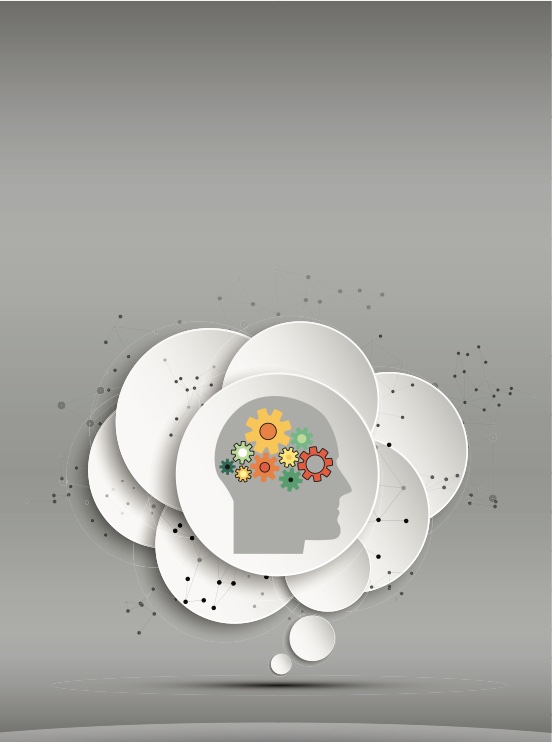
Have you ever lost your car keys and tried to find them by mentally walking through where you’d been since you last had them? It’s actually an effective method of finding something you’ve lost. Why? A lot of it has to do with how the brain stores and recalls information contextually, or based on the setting and circumstances surrounding an event. This way of storing information is what helps us identify patterns quickly, which is important in decision making. The more skilled we are at recognizing patterns, the better decisions we can make.
Pattern matching is the brain’s natural tendency to see patterns in what we perceive, then to make connections with the patterns we already have stored in our memory to develop new patterns. We try to understand what happens in life by matching it to something similar that’s happened to us in the past. This pattern match then informs our responses. It’s not something we have to consciously think about; rather it’s simply the way our minds work. For example, you walk into a restaurant and are shown to a table. You see a chair at the table and sit down. How do you know it’s a chair? Your brain recognizes the pattern of what a chair looks like, whether it’s blue with four legs or grey with a pedestal. Another example is learning to read. The brain identifies patterns in the letters and how they’re arranged to form words. Then it recognizes patterns in the way the words are ordered to form sentences.
While pattern matching is innate to individuals, in business it requires a more deliberate effort. It’s not something that most companies do naturally. Business patterns must be discovered. Those that proactively seek out data to help them identify patterns have realized great success in developing products, brands, technologies, services and much more.
Companies who come up with the “next big thing” are masters at pattern recognition. They look at existing patterns and develop new patterns in response to them. Take Uber for example. They identified a pattern of negative experiences in the taxi industry — difficulty hailing a cab, inconsistent experiences, dirty cars, unfriendly drivers. Uber took that data and disrupted the industry by creating a new pattern that flipped every negative in the taxi industry. They united the convenience of technology with transportation. Today, Uber is in 632 cities around the world.

Pattern matching can also be used to solve a business challenge. It involves breaking a challenge down by analyzing the data behind it and identifying the patterns. For example, if a company wanted to improve the customer experience, they could look for the patterns in customer behavior. How often do they complain? What are they complaining about? Why did they purchase in the first place? What drives their decision to repurchase? The data collected can help identify patterns. Looking at these patterns can then inform future decisions on how to improve the customer experience, which in turn feeds new patterns.
Pattern recognition explains why experienced people are better at making decisions than inexperienced people. It’s not just a matter of education and natural talent. A person experienced in a certain area has created more patterns as they’ve made decisions and assessed the results. That’s why a more experienced person has a greater likelihood of making the right decision.
Creativity is also a result of pattern recognition. Steve Jobs once said, “Creativity is just connecting things. When you ask creative people how they did something, they feel a little guilty because they didn’t really do it, they just saw something.” He viewed creativity as a person’s ability to connect experiences they’ve had or observed, and synthesize new patterns. It’s about identifying patterns that are often quite different and combining them to create a new pattern. Mark Twain supported Jobs’ concept of creativity when he said, “all ideas are second-hand.” Innovation often comes from using existing ideas, combining them in different ways or modifying them to make new ones.
As intuitive as technology is today, no machine has yet to compete with the human brain’s ability to match patterns. Like any muscle that grows stronger with use, the more businesses use pattern matching, the easier it is to detect new patterns that can inform ideas and decisions. Patterns are out there waiting to be discovered. What will they tell your business?

